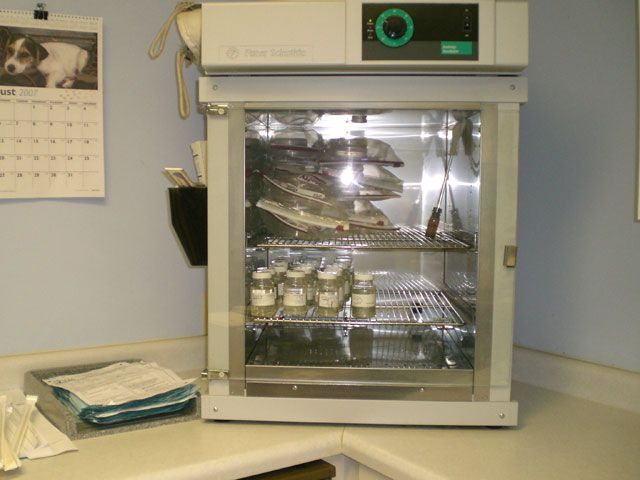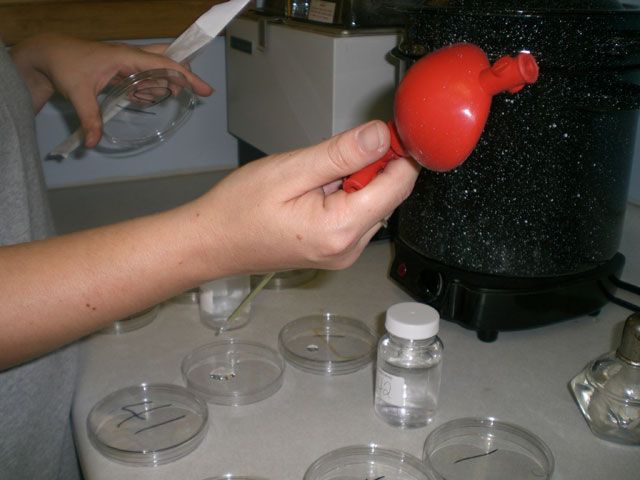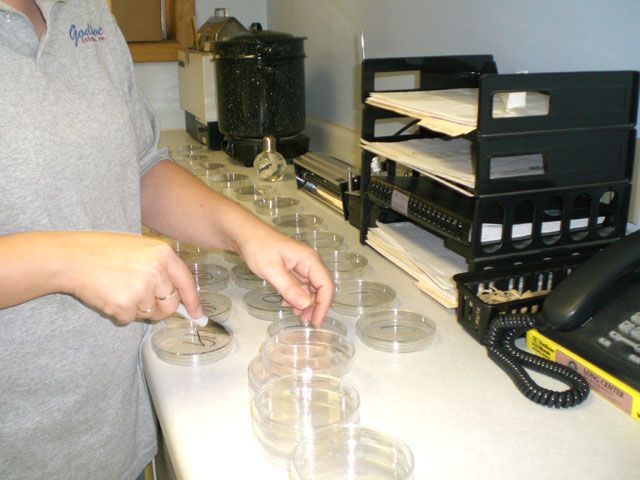Chem-A-Lab
 Drinking water bacteria analysis
Drinking water bacteria analysis
In 1974, Congress passed The Safe Drinking water Act which requires EPA to regulate contaminants which may be health risks and may be present in drinking water. Septic systems are the largest of all contributors of wastewater to the ground and among the most frequently reported sources of contamination. Wastewater from septic systems may include many types of contaminants such as nitrates, harmful bacteria and viruses. Chemical substances commonly used by homeowners such a pesticides, paints varnishes and thinners can also end up in the groundwater. Chemical contamination is especially dangerous since it may be permanent. Some chemicals are almost impossible to remove from the groundwater. Bacteria and viruses generally are removed in the unsaturated zone. But in fractured rock where groundwater flow rates can be high, these bacteria and viruses may be transported very rapidly and could contaminate nearby drinking water. It is critical that your well casing is sealed and separated the required distance from the septic system’s absorption field. This will keep the contaminated water from seeping into the drinking water. Some of the diseases caused by unsafe drinking water are Hepatitis A, Gastroenteritis, Encephalitis, Typhoid, Shigellosis, Cryptosporidiosis, and Giardiasis.
Waste from industries are often responsible for chemical pollution. Contaminates such as nitrates and toxic organic compounds. Most of the nitrogen in septic tank effluent is converted to nitrate in septic systems process. Nitrates move through the soil and may contribute to elevated nitrate levels in groundwater and surface waters.
One of the health problems due to high levels of ingested nitrates is methemoglobineia or blue baby syndrome, which can affect infants. The ingested nitrates are reduced to nitrite in the digestive tract. The nitrate is absorbed into the bloodstream and a form of hemoglobin that can’t carry oxygen is carried to the brain. Other effects of nitrates in the drinking water include impairment of the nervous system, cancer and birth defects.


